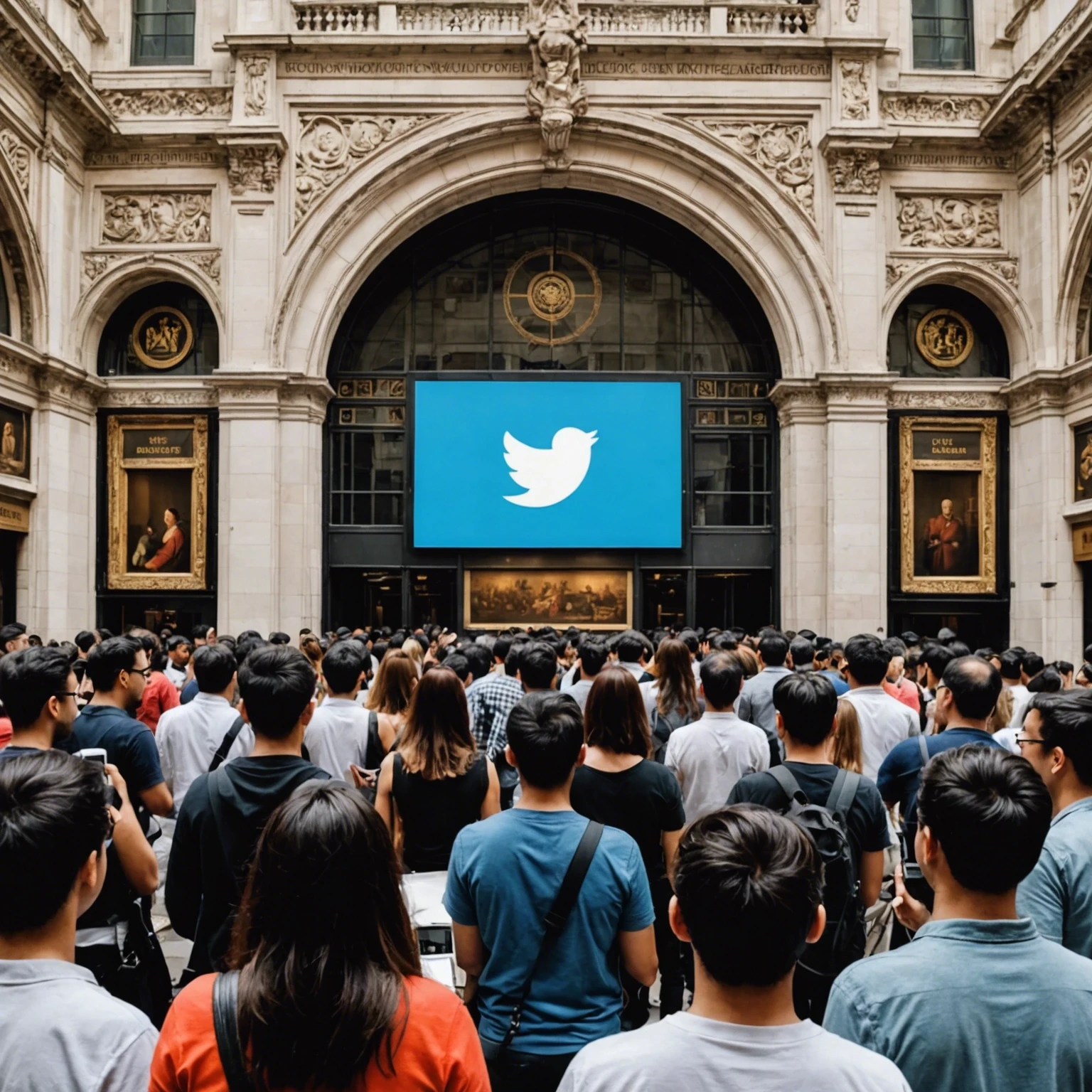Bulk Ad and Social Media Creative Generation: Efficiency Through NGMA
Oct 22, 2023

Introduction:
In the world of advertising, the competition to catch consumers' attention is fierce. Companies spend millions of dollars on marketing campaigns and creative strategies to stand out in a crowded market. However, with the rise of style transfer and generative AI, creative expression in advertising is being revolutionized. This cutting-edge technology is enabling companies to create visually stunning and unique content that captures the imagination of their target audience. In this blog post, we will explore the impact of style transfer and generative AI on advertising and how it is changing the game for brands.
Key Issues and Debates:
Style transfer and generative AI have been making waves in the advertising world, with many brands incorporating this technology into their campaigns. However, with its increasing use, there are also concerns about the implications of using AI for creative expression. One of the main issues is the fear that AI may replace human creativity and result in a lack of diversity in advertising. Some argue that AI-generated content lacks the emotional depth and human touch that comes from a human's creative mind. This raises questions about the authenticity and relatability of AI-generated content to consumers.
Another debate surrounding style transfer and generative AI in advertising is the ethical considerations. AI algorithms are trained on a large amount of data, including user preferences and behaviors, to generate content. This raises concerns about the potential manipulation of consumer behavior and the invasion of privacy. Additionally, there are concerns about the potential bias in AI-generated content, as algorithms are only as unbiased as the data they are trained on. This could perpetuate stereotypes and exclusion in advertising.
Practical Implications and Recommendations:
Despite the concerns, style transfer and generative AI have immense practical implications for advertising. It allows brands to create unique and personalized content at a fraction of the time and cost it would take for humans to do so. This technology also enables brands to experiment with different styles and visuals, helping them stand out in a crowded market. Moreover, AI-generated content can be optimized for different platforms, making it more effective in reaching the target audience.
To ensure the ethical use of style transfer and generative AI in advertising, it is crucial for brands to be transparent about the use of this technology. Consumers should be made aware that the content they are viewing is generated by AI and not by humans. Brands should also be mindful of the data used to train AI algorithms and ensure that it is unbiased and representative of diverse communities. Additionally, companies should have a code of conduct in place to ensure the responsible use of AI in advertising.
Conclusion:
Style transfer and generative AI have revolutionized creative expression in advertising. While there are concerns about the impact of AI on human creativity and ethical considerations, the practical implications cannot be ignored. As this technology continues to evolve, it is essential for brands to strike a balance between creativity and responsibility in their advertising strategies. Further research and discussions are needed to address the ethical concerns and ensure the responsible use of AI in advertising. Ultimately, style transfer and generative AI have the potential to take advertising to new heights, and it is up to brands to use it responsibly.